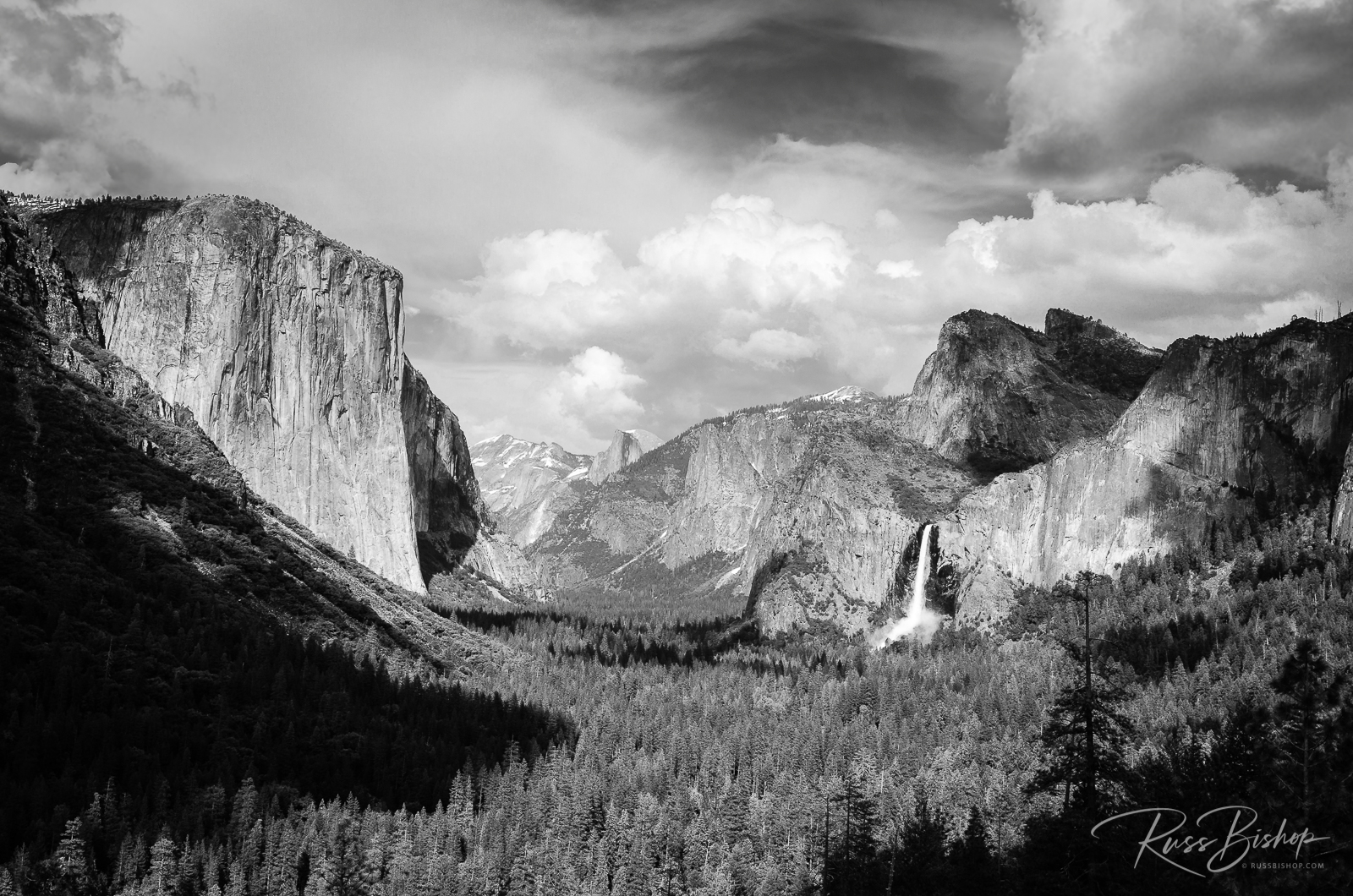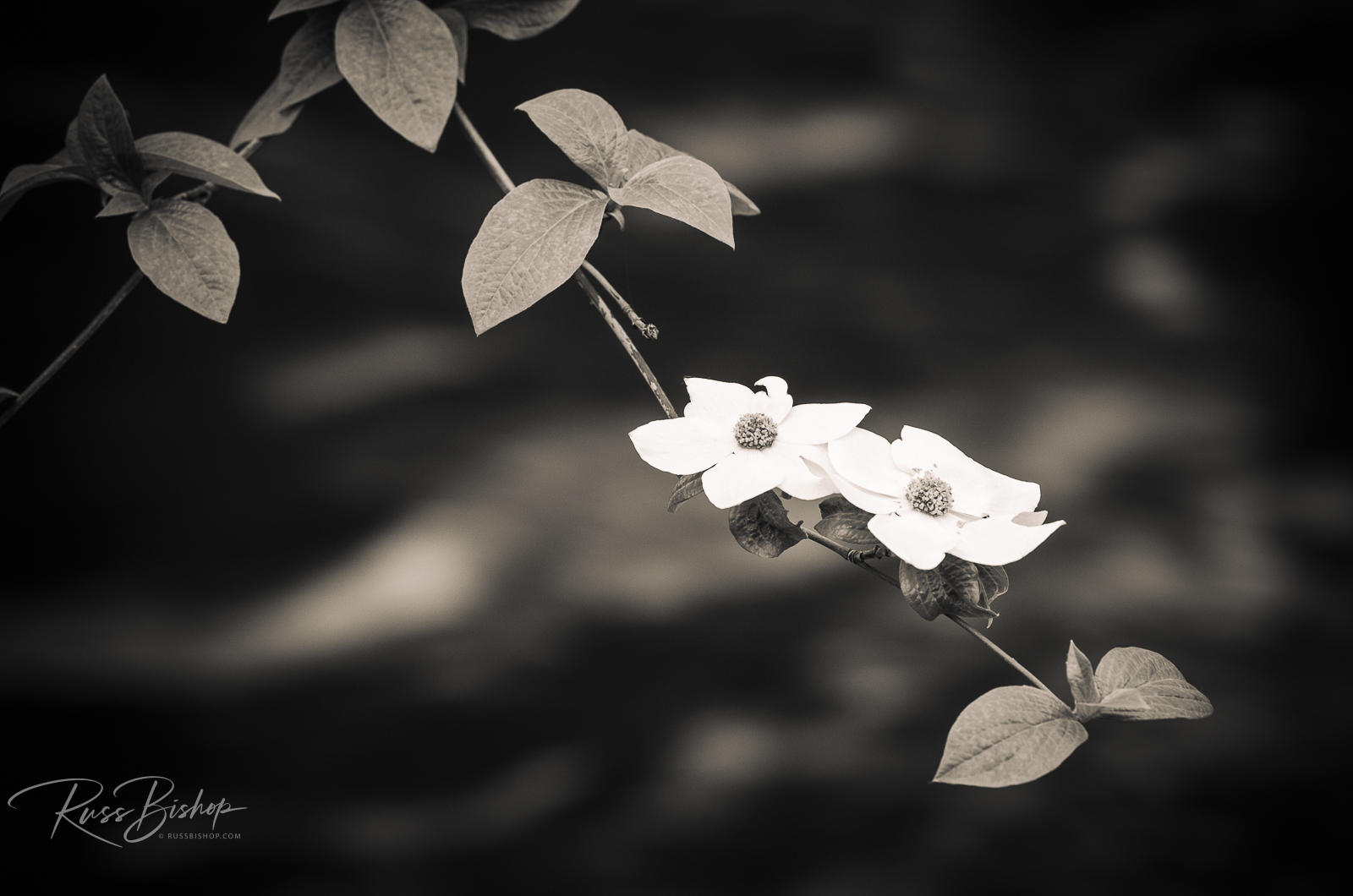
Happy birthday Ansel Adams! The master of landscape photography, who was born February 20, 1902, had a profound affect on my creative direction and continues to be an inspiration to generations of outdoor photographers.
Adams pioneered the idea of previsualization, the concept of seeing the final image in the mind’s eye before the photo is created. He also co-founded Group f/64 with other photographic masters Edward Weston and Imogen Cunningham, and he developed the Zone System, a technique for translating perceived light into specific densities to allow better control over finished photographs. Though he lived well before the time of megapixels and monitors I think he would have embraced the creative possibilities of the digital age.
As a strong advocate for the environment, his iconic black and white images of the American West influenced powerful decision makers in Washington and helped preserve places like Yosemite and Kings Canyon National Parks and California’s iconic Big Sur coast. Ansel was also largely responsible for photography being accepted into the world of fine art, culminating in major exhibitions at the Metropolitan Museum of Art.
He was awarded the Presidential Medal of Freedom, the nation’s highest civilian honor, in 1980. And shortly after his death in 1984, the Minarets Wilderness in his beloved Sierra Nevada Mountains was re-named the Ansel Adams Wilderness in his honor.
Thank you Ansel – your legacy lives on!
“Photography is more than a medium for factual communication of ideas. It is a creative art.” ~ Ansel Adams
©Russ Bishop/All Rights Reserved


